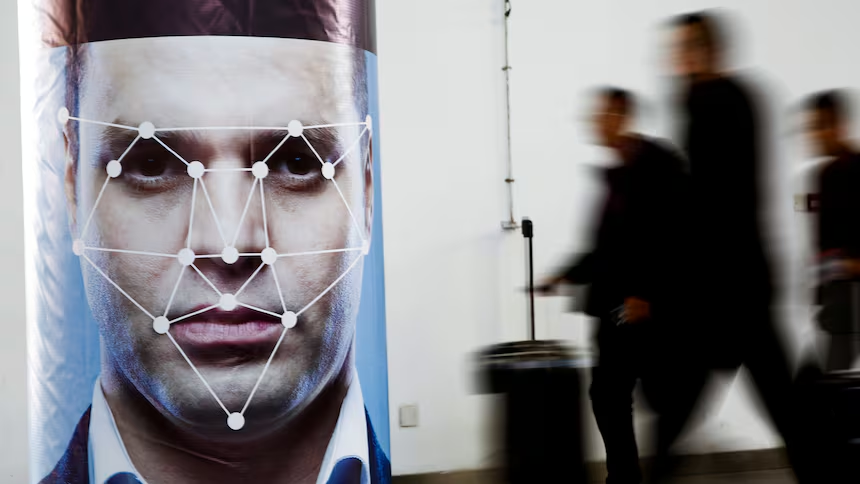The United States is set to photograph all Canadian travellers entering and leaving the country under a sweeping expansion of its facial biometrics surveillance program, raising alarm among privacy advocates and travellers alike.
The new rule, introduced Friday by the U.S. Department of Homeland Security (DHS), makes participation mandatory for all non-U.S. citizens, including Canadians, beginning December 26, 2025. The move marks the most extensive expansion of biometric data collection in North America to date.
The policy means Canadians will be photographed at every airport, seaport, and land border crossing when entering or exiting the United States. Photos will be stored in a DHS database for up to 75 years, even though full implementation of the system across all entry points could take several years.
For Toronto psychologist Warren Shepell, the change feels intrusive. Earlier this month, while boarding a flight from Cleveland to Toronto, Shepell says he was approached by two uniformed officers—one of whom suddenly took his picture. “I was aghast. I felt ambushed,” he said. “They didn’t tell me anything, and I just felt violated.”
Expanding U.S. Surveillance
U.S. Customs and Border Protection (CBP) says the program fulfills a Congressional mandate to biometrically track the entry and exit of foreign nationals. CBP spokesperson Jessica Turner described it as an effort to “enhance security, ensure accurate records, and enforce immigration laws.”
CBP already uses facial comparison technology at dozens of international airports to verify that travellers’ faces match their passport photos. Now, the agency is extending the practice to all departure gates, vehicle lanes at land borders, and seaports, with full land border integration expected next year.
Turner said the program benefits travellers by offering a “fast, accurate, and touch-free” identity verification method. But critics say the risks far outweigh the convenience.
Privacy Concerns
Privacy advocates warn the technology could lead to “mission creep”—the expansion of surveillance beyond its stated purpose. Jeramie Scott, senior counsel at the Electronic Privacy Information Center, said the U.S. lacks comprehensive federal laws regulating facial biometrics, leaving travellers vulnerable to data misuse.
“The creation of the infrastructure just creates the possibility of mission creep,” Scott said, warning that facial data could later be repurposed for surveillance or immigration enforcement. He cited examples of the Trump administration sharing taxpayer data with immigration authorities to identify undocumented immigrants.
CBP insists Americans can still opt out by requesting manual inspection, but foreign travellers—including Canadians—will lose that option once the new rule takes effect. Turner said the agency “has taken steps to safeguard privacy,” but experts remain skeptical given the lack of oversight and the long retention period for foreign data.
Impact on Canadian Travel
U.S. immigration lawyer Len Saunders believes the policy could further discourage Canadians from visiting the U.S., calling it “another deterrent” to cross-border travel. “It’s definitely not helping encourage foreigners to come to the United States,” he said.
Canadian travel to the U.S. has already dropped sharply under the Trump administration, with year-over-year travel in September falling 27 per cent for air and 35 per cent for land crossings.
For travellers like Shepell, the issue is about trust and transparency. “I just don’t trust the system,” he said. “I’m a strong advocate of privacy.”
As of December 26, Canadians crossing into the U.S. will have little choice but to pose for a picture—another reminder that in an age of expanding surveillance, the price of crossing borders may increasingly be personal privacy itself.


